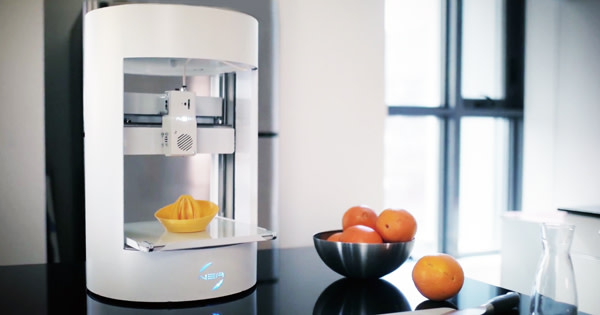The "smart insulin patch," developed by researchers in the joint UNC/NC State Biomedical Engineering Department. Credit: The lab of Zhen Gu, Ph.D.
"Painful insulin injections could become a thing of the past for the millions of Americans who suffer from diabetes, thanks to a new invention from researchers at the University of North Carolina and NC State, who have created the first "smart insulin patch" that can detect increases in blood sugar levels and secrete doses of insulin into the bloodstream whenever needed."
















